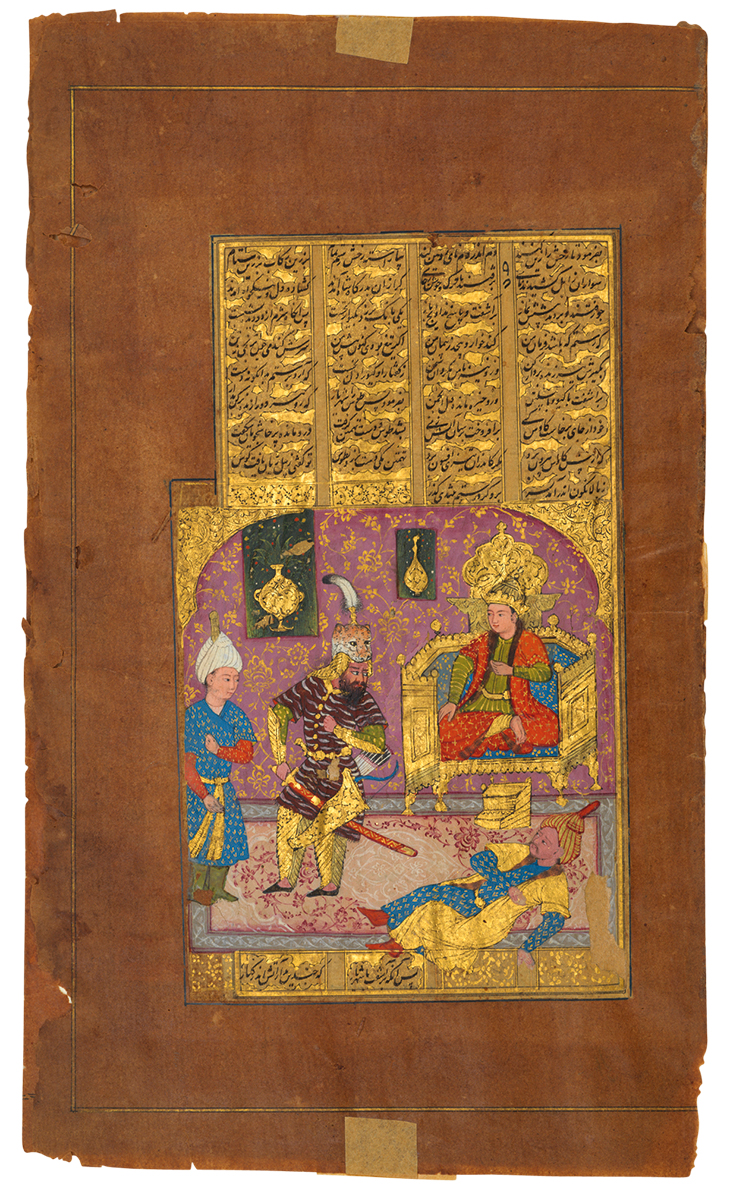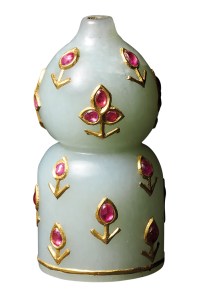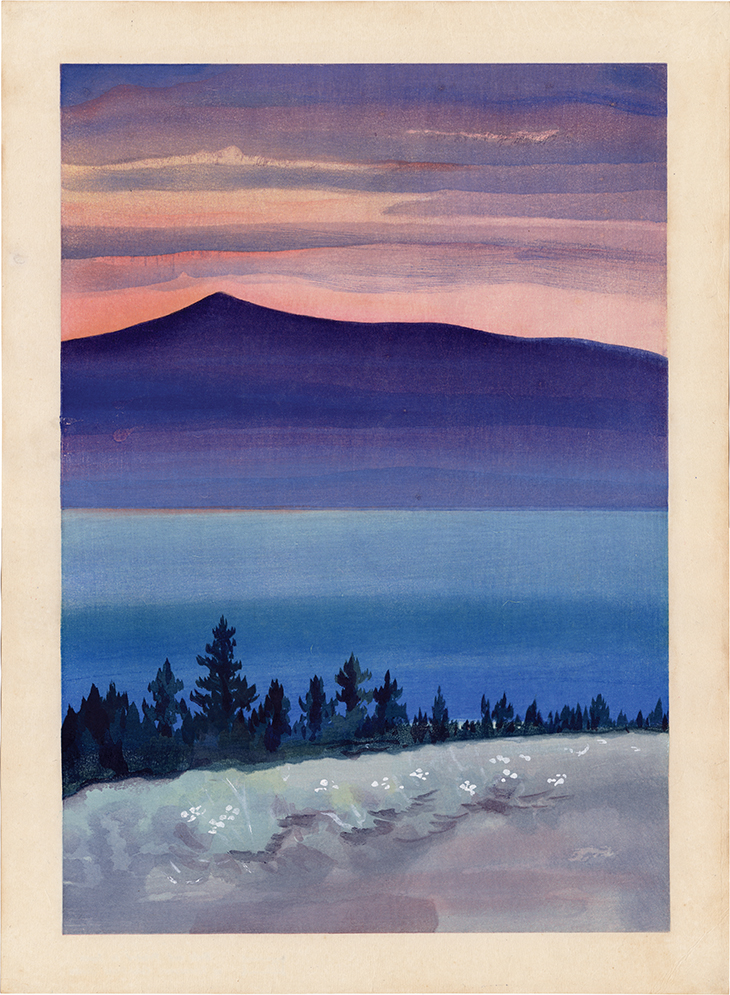Asia Week New York, from 11–20 March, coincides with the first anniversary of the pandemic’s descent on the city. Unsurprisingly, with travel and other restrictions in flux, the event’s organisers have opted for a hybrid model, combining gallery visits by appointment with online viewing rooms. The good news is that, with the virus gradually being beaten back and as our sensory deprivation starts to lift, about 30 galleries and auction houses will be presenting wares whose patterns, pigments, textures and provenance trails promise to enthral visitors.
Two Chinese bronze sculptures from the early Ming dynasty (1368–1644), offered at Zetterquist Galleries, were likely made at the same workshop or by close competitors. Flecked with old gilding, they depict, respectively, a mortal and Sakyamuni Buddha seated on lotuses. The gallerist Eric Zetterquist found one of the statues in Japan more than a decade ago – part of its petalled base is a woodcarving dating to the Edo period (1615–1868) – and the other recently surfaced in the United States. He is offering them as a pair, he explains, ‘in the hope that they stay together from now on’.

Folio from a Shahnama manuscript (c. 1610), Bijapur, India. Oliver Forge and Brendan Lynch (£30,000)
London-based dealers Oliver Forge and Brendan Lynch present an illuminated manuscript page that was commissioned around 1610 for a patron in the southern Indian Sultanate of Bijapur. In its scene from the great epic poem the Shahnama, an enthroned shah watches a bearded warrior in gilded armour preparing to slaughter an enemy. The artist demonstrated ‘freshness and originality’, Lynch notes, in observing the details of a palace – with its carved fretwork, finialled throne on paw feet, tawny flowered carpet and gold ewers set in green niches along mauve walls. The shimmering page’s presence at Asia Week New York will bring it tantalisingly close to a number of its kin from the same manuscript, which are owned by the Metropolitan Museum of Art.
The Californian dealer Thomas Murray unfurls a Sumatran batik ritual cloth, formerly part of the vast collection of the Wyoming-based collector and philanthropist Roger Hollander (1934–2018). In golden bands, invocations in Islamic calligraphy and Ottoman imperial insignia play across its purple background, which was first dyed red with fruit-tree roots and then overdyed with indigo. Textile enthusiasts will also want to set eyes on a 17th-century crimson textile for sale through Francesca Galloway, in which Christ is depicted enthroned, swathed in gold, and surrounded by symbols of the evangelists. Danielle Beilby, Galloway’s gallery manager, reports that the ecclesiastical piece was likely made for Orthodox patriarchs in Istanbul or Moscow and ranks among ‘the only known figurative works in all Ottoman silk production’.

Ecclesiastical textile (17th century), Ottoman. Francesca Galloway (price on application)

Huqqa mouthpiece (19th century), India. Sue Ollemans (£3,500)
Images of intoxicants – and their paraphernalia – are in strong supply, which feels appropriate after a year that many people want to forget. London-based Sue Ollemans offers an Indian huqqa mouthpiece in white jade, studded with ruby petals trimmed in gold. Sebastian Izzard brings out A Tipsy Courtesan from Fukagawa, Utagawa Kunisada’s woodblock portrait of a formidable geisha printed around 1830. The sitter, Izzard explains, was said to ‘indulge in alcohol for seven days and nights without ill effect’. The printer highlighted the bonne vivante’s crystal goblet with mica and inked the mountainous scenery ‘in the newly fashionable Prussian blue’, Izzard adds.
At the California-based Egenolf Gallery, teals, aquas and purples streak the skies in prints and paintings by the Japanese-American artist Chiura Obata (1885–1975) – a palette that he meant to evoke ‘the last glow of the dying day’. (Obata’s work narrowly survived while he was imprisoned during the Second World War at an internment camp in Utah.) At Joan B. Mirviss’s gallery, which specialises in Japanese artworks, a pearly stoneware vessel from 1955 by Kitaoji Rosanjin (1883–1959) has irregular gouges along its thick walls. The clay surface is tinted with what Mirviss calls ‘flung splashes of mottled glaze’, in charcoal and turquoise – befitting these times of raging and scratching, before we emerge burnished and a little singed into the light.

Evening Glow at Mono Lake from Mono Mills (1930), Chiura Obata. Egenolf Gallery Japanese Prints (price on application)
Asia Week New York takes place at various venues (by appointment) and online from 11–20 March.
From the February 2021 issue of Apollo. Preview and subscribe here.














![Masterpiece [Re]discovery 2022. Photo: Ben Fisher Photography, courtesy of Masterpiece London](http://zephr.apollo-magazine.com/wp-content/uploads/2022/07/MPL2022_4263.jpg)
‘Like landscape, his objects seem to breathe’: Gordon Baldwin (1932–2025)